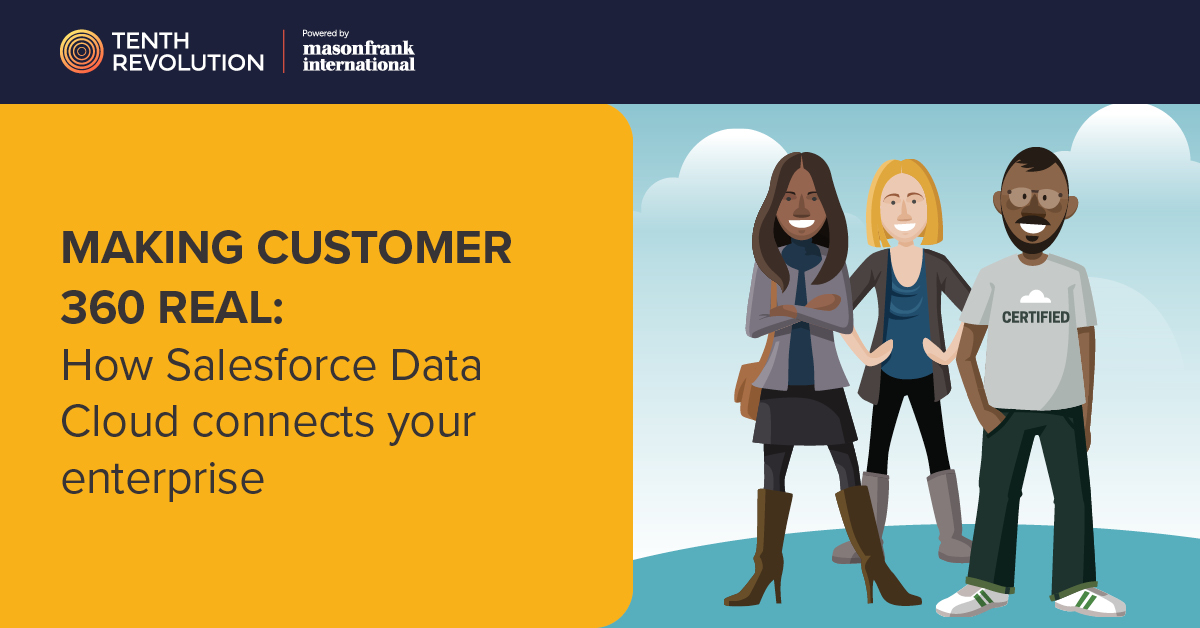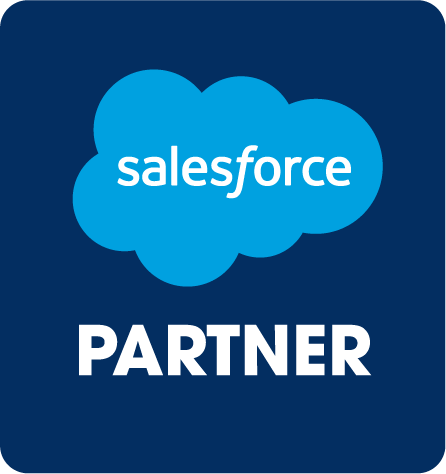
Every executive wants a complete, real-time view of the customer.
The challenge is turning that goal into reality when data lives in different systems that rarely communicate. Customer information often sits across warehouses, lakehouses, and business applications that do not connect smoothly. Salesforce Data Cloud, when used with platforms such as Snowflake and Databricks, is becoming the bridge that links them. It helps organizations achieve the long-term goal of Customer 360 at scale without unnecessary data duplication or disconnected analytics.
Below are the key questions business leaders are asking as they move toward a connected data strategy.
What problem does Data Cloud solve?
Many enterprises have already invested in modern data warehouses and lakehouses. These systems are excellent for analytics but often separate from customer-facing operations. Marketing, sales, and service teams end up using partial or outdated data, leading to fragmented engagement and inconsistent customer experiences.
Salesforce Data Cloud changes this by connecting directly to the data where it already exists. It can integrate with Snowflake, Databricks, and other platforms, allowing Salesforce to access live data rather than constantly moving or duplicating it. This process, known as data federation, makes it possible for Salesforce to query data in real time.
For teams, this means more accurate information and faster response times. Every customer interaction reflects the most recent behavior and context, improving personalization and coordination across departments.
Mason Frank International helps organizations hire Salesforce professionals who understand how to design and manage these integrations so teams can turn analytics into meaningful customer engagement.
How does this improve compliance and control?
Data privacy and regional regulations are now at the center of every enterprise strategy. Moving or copying customer data between systems increases the chance of losing control of consent or governance. Regulators expect permissions to remain attached to data wherever it is stored.
By keeping data in its original governed environment, Salesforce Data Cloud reduces this risk. Data federation allows companies to access information in Snowflake or Databricks without moving it. The data remains covered by its existing compliance framework. Salesforce then applies privacy and consent rules when that data is used for marketing, service, or analytics.
This approach ensures that customer engagement can scale safely while maintaining full compliance. It also gives leaders confidence that data is accurate, current, and used responsibly.
What does this mean for AI initiatives?
Artificial intelligence depends on the quality and consistency of its data. For Salesforce tools such as Einstein Copilot and Agentforce, real-time, verified information is essential for generating accurate insights.
When Salesforce Data Cloud connects directly to governed sources such as Snowflake and Databricks, AI systems can work with the most reliable and up-to-date data. The results are immediately visible across departments.
- Sales teams gain real-time visibility into opportunities and account activity.
- Service agents can confirm AI-generated recommendations against current case data.
- Marketing teams can launch personalized campaigns that reflect customer actions in the moment.
This integration turns AI into a dependable business tool rather than an experimental add-on. To maintain that dependability, organizations need professionals who understand how data, governance, and AI pipelines fit together.
Mason Frank International connects businesses with Salesforce specialists who build and maintain these secure data environments to ensure AI operates on trusted information.
What outcomes can leaders expect?
Combining Salesforce Data Cloud with Snowflake and Databricks produces measurable improvements in speed, accuracy, and collaboration. Organizations experience:
- Faster execution, with marketing campaigns and sales actions triggered by live customer data.
- Greater consistency, as every department works from a unified customer profile.
- Lower costs, because fewer data copies and manual transfers are required.
- Better activation, where insights can move directly into customer interactions without delay.
These benefits lead to more efficient teams, stronger engagement, and a clearer understanding of customer behavior.
What business leaders should do next
Executives can begin by identifying where their teams spend time reconciling data or managing manual updates. That analysis often reveals where Salesforce Data Cloud can deliver the greatest benefit.
Next, align IT and business leadership around the goal of making Data Cloud the central control layer for customer data. Finally, focus on securing the right talent to design and govern this environment. Without experts who understand both Salesforce and enterprise data platforms, even the best technology will struggle to deliver value.


